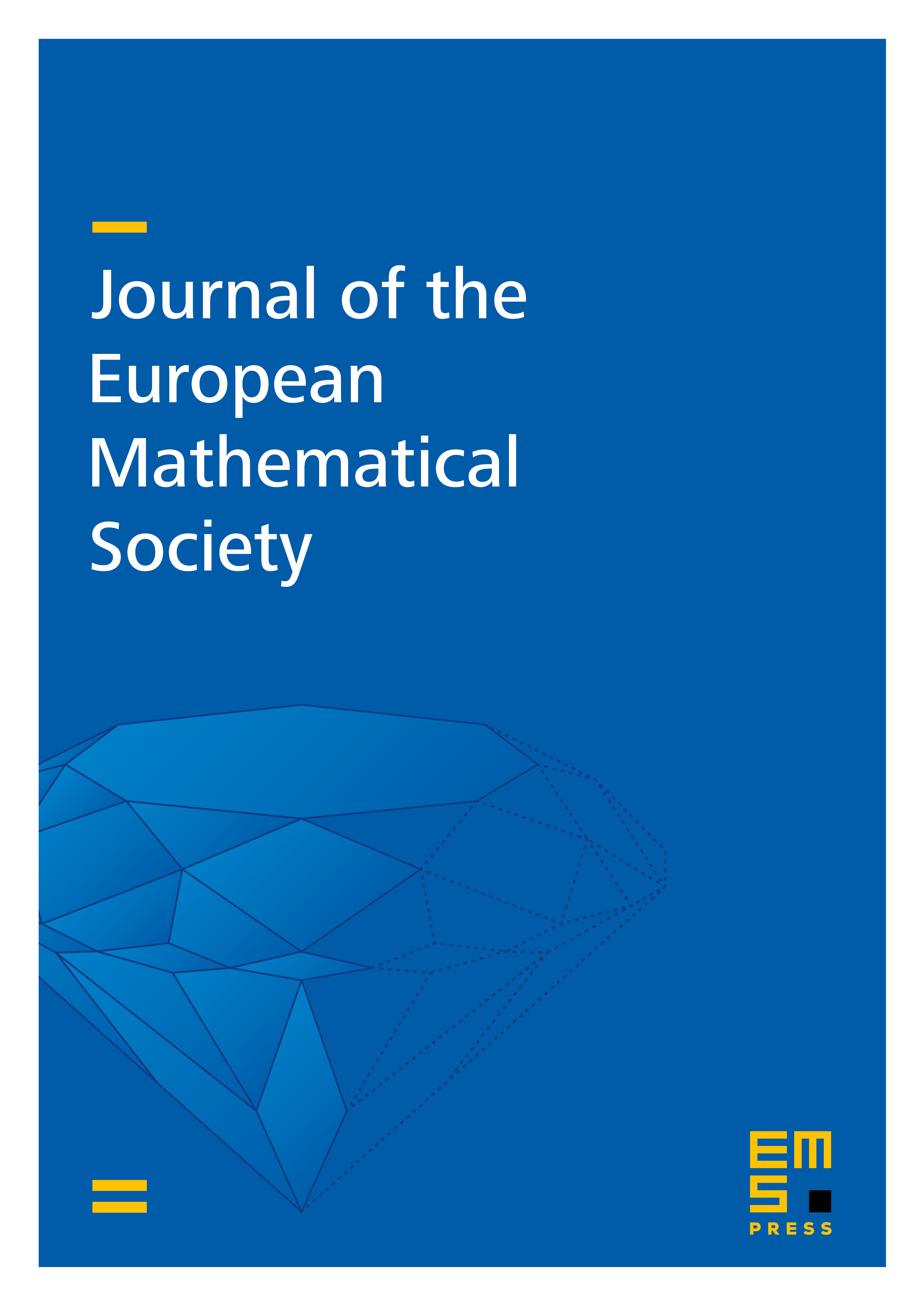Spectral inequality and resolvent estimate for the bi-Laplace operator
Jérôme Le Rousseau
Université Paris-Nord, Villetaneuse, France et Institut Universitaire de FranceLuc Robbiano
Université de Versailles-Saint Quentin, France

Abstract
On a compact Riemannian manifold with boundary, we prove a spectral inequality for the bi-Laplace operator in the case of so-called “clamped” boundary conditions, that is, homogeneous Dirichlet and Neumann conditions simultaneously.We also prove a resolvent estimate for the generator of the damped plate semigroup associated with these boundary conditions. The spectral inequality allows one to observe finite sums of eigenfunctions for this fourth-order elliptic operator, from an arbitrary open subset of the manifold. Moreover, the constant that appears in the inequality grows as exp where is the largest eigenvalue associated with the eigenfunctions appearing in the sum. This type of inequality is known for the Laplace operator. As an application, we obtain a null-controllability result for a higher-order parabolic equation. The resolvent estimate provides the spectral behavior of the plate semigroup generator on the imaginary axis. This type of estimate is known in the case of the damped wave semigroup. As an application, we deduce a stabilization result for the damped plate equation, with a log-type decay.
The proofs of both the spectral inequality and the resolvent estimate are based on the derivation of different types of Carleman estimates for an elliptic operator related to the bi-Laplace operator, in the interior and at some boundaries. One of these estimates exhibits a loss of one full derivative. Its proof requires the introduction of an appropriate semi-classical calculus and a delicate microlocal argument.
Cite this article
Jérôme Le Rousseau, Luc Robbiano, Spectral inequality and resolvent estimate for the bi-Laplace operator. J. Eur. Math. Soc. 22 (2020), no. 4, pp. 1003–1094
DOI 10.4171/JEMS/939